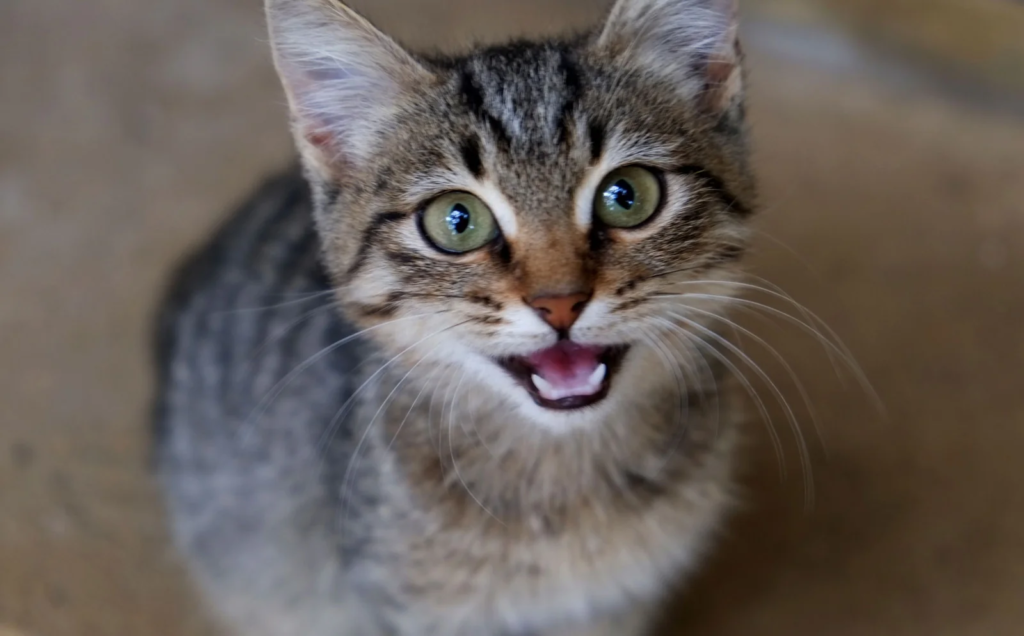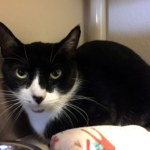Excessive meowing can be a source of frustration for cat owners, disrupting the tranquility of a home and potentially signaling underlying issues. Understanding why your cat meows excessively and implementing effective management techniques can help restore peace and ensure your feline companion is happy and healthy. Here’s a guide to managing and preventing excessive meowing for a quieter home.

Understanding the Causes of Excessive Meowing
Before addressing excessive meowing, it’s essential to understand why your cat might be vocalizing more than usual. Various factors can contribute to this behavior:
- Attention-Seeking: Cats may meow excessively to seek attention, particularly if they feel neglected or want more interaction. This is common in cats that are bored or lack sufficient stimulation.
- Hunger or Thirst: Meowing can be a sign that your cat is hungry or thirsty. If their feeding schedule is inconsistent or their food and water bowls are empty, they might use meowing to express their needs.
- Medical Issues: Persistent meowing can sometimes indicate health problems such as pain, discomfort, or illness. Conditions like hyperthyroidism, kidney disease, or dental issues can cause increased vocalization.
- Stress and Anxiety: Changes in the cat’s environment, such as moving to a new home or the introduction of new pets, can lead to stress and increased meowing. Cats may vocalize to express their anxiety or discomfort.
- Aging and Cognitive Decline: Older cats may experience cognitive decline, leading to confusion and increased vocalization. This condition, known as feline cognitive dysfunction syndrome, can affect a cat’s behavior.
Techniques for Managing Excessive Meowing

- Ensure Basic Needs are Met: Check that your cat’s basic needs are consistently met. Provide regular meals, fresh water, and ensure that their litter box is clean. Addressing these needs can reduce meowing related to hunger or discomfort.
- Provide Enrichment and Stimulation: Boredom can lead to excessive meowing. Offer interactive toys, scratching posts, and engaging activities to keep your cat mentally and physically stimulated. Regular play sessions and environmental enrichment can help reduce the need for attention-seeking vocalization.
- Establish a Routine: Cats thrive on routine and predictability. Establish a consistent daily schedule for feeding, playtime, and grooming. Predictable routines can help alleviate anxiety and reduce excessive meowing.
- Ignore Attention-Seeking Meowing: While it’s important to address your cat’s needs, avoid rewarding excessive meowing with immediate attention. If your cat is vocalizing for attention, wait for them to stop before interacting or providing affection. This helps prevent reinforcement of the behavior.
- Provide Distraction: If your cat meows excessively at specific times, such as when you’re leaving the house, provide distractions to keep them occupied. Puzzle feeders, interactive toys, or a new scratching post can help keep their mind engaged and reduce vocalization.
- Check for Medical Issues: If your cat’s meowing is sudden or persistent, consult a veterinarian to rule out any underlying health problems. A thorough examination can help identify and address any medical conditions that might be contributing to the behavior.
- Create a Calm Environment: Ensure that your cat’s environment is stress-free. Provide safe spaces where they can retreat and feel secure. Reducing stressors and creating a calm atmosphere can help reduce anxiety-related meowing.
- Use Training and Behavior Modification: Consider using training techniques to address excessive meowing. For instance, you can train your cat to respond to a specific command or signal before providing attention. Positive reinforcement for quiet behavior can also be effective.
- Consider Professional Help: If you’ve tried various methods and your cat’s meowing persists, seek advice from a feline behaviorist or a veterinary behaviorist. They can provide tailored strategies and insights into managing excessive vocalization.
Conclusion
Managing and preventing excessive meowing involves understanding the underlying causes and implementing effective strategies to address them. By ensuring your cat’s needs are met, providing enrichment, establishing routines, and seeking professional help if needed, you can reduce excessive vocalization and create a quieter, more peaceful home. With patience and consistent effort, you can help your cat feel more secure and content, leading to a harmonious living environment for both you and your feline companion.


